Features of growing and propagating hazel
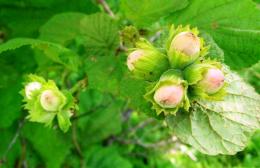
Even in ancient times, hazel fruits were used by humans for food. Now the cultivated form of this plant is known as hazelnut. The nut contains a huge amount of useful substances, but leaves and bark are also used for medicinal purposes. And baskets are woven from flexible wild hazel twigs.
Content:
- Hazel: description of the plant, geography of growth, soil preferences
- Types of hazel growing in Russia
- Hazel: methods of propagation
Hazel: description of the plant, geography of growth, soil preferences
This shrub received its name for the unusual shape of large, heart-shaped leaves at the base with a pointed tip, similar to bream. In this case, the upper part of the leaf is painted dark green, while the lower part is light green.
Common hazel belongs to the birch family, the hazel genus, which includes up to 20 plant species. Hazel (popularly: hazel) is a multi-stemmed shrub (less commonly a tree), growing from 3 to 10 m in height. This plant lives for about 80 years.
Hazel branches are covered with brown bark with white splashes. If the shoots are still young, then their bark has a gray color and edge.
Male hazel flowers, shaped like earrings, are located on short branches, while female flowers are very similar to buds. The fruit of the plant is an edible brown-yellow nut, wrapped in a bell-shaped plus. Hazel grows in temperate latitudes of Europe, North America, and East Asia.
In Russia you can find up to 12 species of hazel, which is found in the European part, the Caucasus and the Far East. Hazel prefers moist, fertile, humus-rich soil in mixed, broad-leaved forests, where this shrub forms thickets along forest ravines and on the edges. Hazel does not tolerate swampiness and high salt content.
Types of hazel growing in Russia
The hazel genus includes about 20 species, but in Russian latitudes, common hazel is more common in wild form. Less common are large, Manchurian, tree-like, and variegated hazel. Common hazel. Grows in steppes, forest-steppes and the Caucasus (description of the plant in the previous chapter).
The hazel is large. It is distinguished by its tall growth (up to 10 meters). The leaves are green or dark red, wide, oval-shaped and serrated. The fruits are twisted into 3-6 pieces. The length of the fruit is up to 3 centimeters with a diameter of one and a half centimeters. Large hazel grows in countries such as Italy, Asia Minor, the Balkans, and Turkey.
Manchurian hazel. It grows on the edges, burnt areas, undergrowth of coniferous and mixed forests of the Khabarovsk Territory and Primorye, as well as in the north of China and Korea. This hazel tree branches only in the upper crown and grows up to 5 meters tall. In young people shoots You can see a thick edge. The crown of Manchurian hazel is brown, sometimes with a shade of gray. The leaves are lobed-toothed, rounded with a pubescence on the inside.
The fruits are twisted 3-4 pieces into a narrow cylindrical prickly wrapper. The fruits are pointed with a thin shell of an oblong shape. It is shade-tolerant, loves a little more moisture than other hazel trees, and takes well to pruning and replanting.Propagated, like all hazels, by root suckers, seeds or division of the bush.
Tree hazel. People call it "bear nut". This is the tallest variety of hazel, reaching a height of 30 meters. Tree hazel is a tree with a slender trunk and a wide pyramidal crown. Some tree hazel trees are over 200 years old. Countries of growth: Balkans, Transcaucasia, Asia Minor.
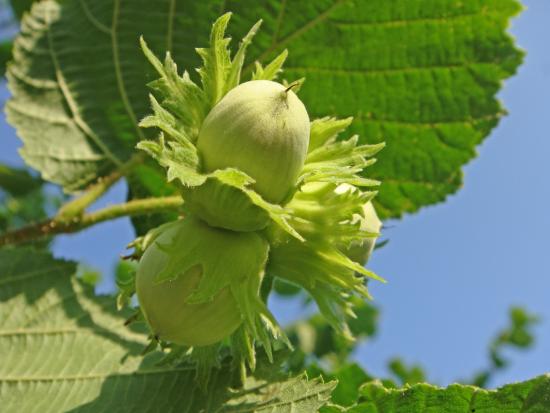
Variegated hazel. It is a deciduous shrub with a spreading crown, growing up to 2 meters in height. Likes to form thickets on the edges of mixed forests. The bark is brown, sometimes with a brownish-gray tint. In spring the leaves take on a reddish hue, in summer the color changes to dark green, and in autumn you can see the brightly colored leaves of the hazel tree in orange and gold.
Round nuts up to one and a half centimeters in diameter, with a hard, pubescent gray shell in a bell-shaped plus, ripen in early September. The plant is frost-resistant and drought-tolerant. Likes nutritious fluffy soils, does not tolerate waterlogging and too dense soil. Propagated by rhizomatous shoots, dividing the bush and seeds.
A cultivated type of hazel is hazelnut, also called hazelnut. Once upon a time, the fruits of large hazel were called that way, but now, with the help of selection, hazelnuts come from common hazel, the most common in Russia. The main difference between hazel fruits and hazelnuts is their size. Hazelnuts are four times larger than hazel fruits. In addition, the fruit of cultivated hazel is also superior in taste and nutritional properties to its wild relative.
Hazel: methods of propagation
There are several ways to propagate hazel.For example, such as seed and vegetative. Seed is used for growing seedlings for the purpose of breeding work. Often seedlings are superior to the original variety in many respects. But it happens that the properties of a variety remain unchanged or even deteriorate. But if the growing conditions of the seedlings were difficult, then the plant becomes resistant to adverse factors.
Seed method
For sowing, well-ripened nuts are prepared and sown immediately in September-October. Before spring sowing, it is necessary to carry out a four-month stratification of seeds at a temperature of +5°C, but not more than +10°C, while germination is best carried out in wet coarse sand or peat with mandatory access to oxygen seeds.
Hazel (hazelnut) on video:
When sowing in spring, the seeds are planted to a depth of 5-6 cm, and when sowing in autumn - at 7-8 cm. 50 selected nuts are planted per 1 meter of prepared furrow. During the time required for the growing season, the soil is loosened about 5 times, then weeds are removed and, finally, watered. Seedlings are dug up after they have reached two years of age and are at least 15 centimeters high.
The vegetative method is propagation by layering and rhizomes, dividing bushes, as well as grafting. Under the condition of propagation by horizontal layering, the shoots are rooted without separating them from the bushes. To do this, in the fall or spring, annual, well-developed shoots are bent and attached to the bottom of the prepared groove, without covering them with soil. Soon the buds on the shoot germinate and each produce one vertical shoot.
In June, when the shoots reach 15 centimeters, they are earthed up using soil with humus, raising the soil to 2/3 of the height of the plant.During the growing season, hilling is repeated about 3 more times, depending on the growth of vertical shoots. Then the entire horizontal layer is dug up and divided so that each division has a vertical shoot with roots.
Reproduction by vertical layering
The shoots are hilled a couple of times during the growing season as they grow. When propagating by layering, do not allow the soil dried out, especially during the dry period. The bushes and their rhizomes grow in a circle. Rhizome growth is observed 3 years after planting the seedling.
In this case, up to 150 rhizomatous shoots are formed, which can be used for propagation. Reproduction by dividing the bush. The plant is dug up and then divided so that each part has stumps of about fifteen centimeters with roots. Fruiting with this method occurs in the 3rd or 4th year.
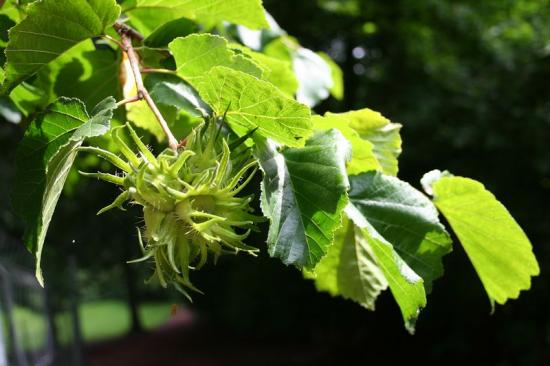
Reproduction by grafting. Hazel seedlings are taken as a rootstock. Cuttings are grafted in the spring behind the bark, into the butt, or into a split. This type of grafting takes root best using the “bark” method. Hazel fruits, that is, nuts, are a whole storehouse of nut oil, which is easily digestible. In addition, hazel nuts contain up to 18% protein, about 3% mineral salts, as well as trace elements and vitamins.

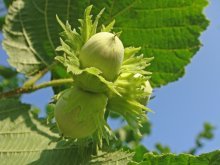
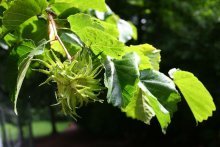

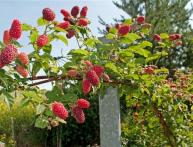

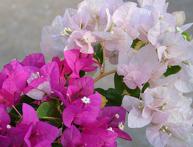
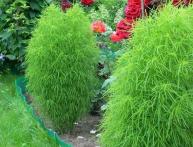

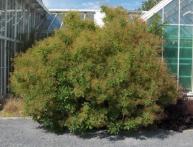
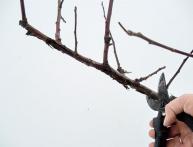
Comments
It is best to propagate hazel by horizontal layering - this is the simplest method that gives good results. If you sow nuts, then the young plant will grow much more slowly and will begin to bear fruit later.